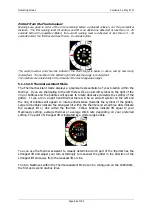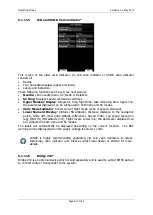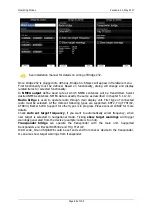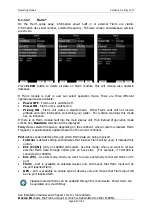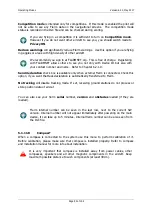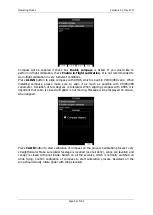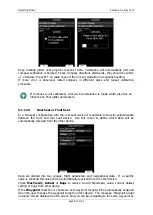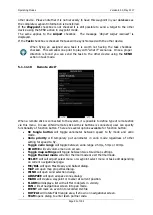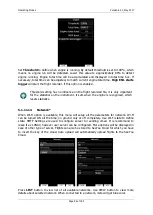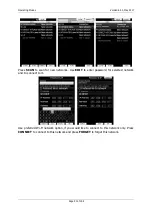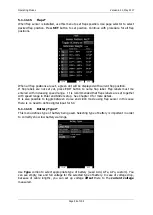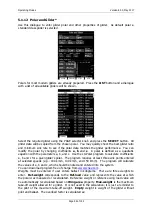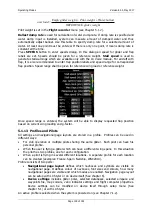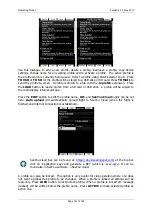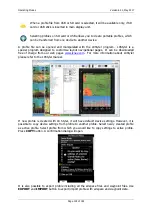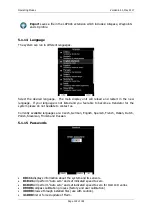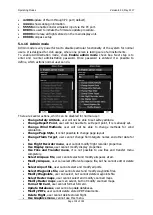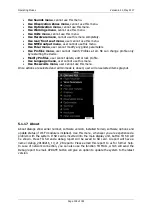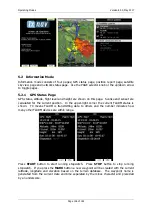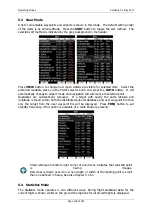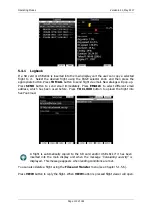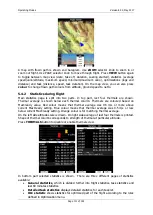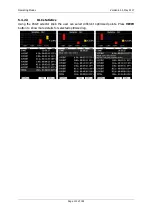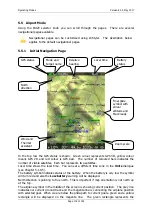
Operating Modes
Version 6.03, May 2017
Page 99 of 192
5.1.12
Polar and Glider*
Use this dialogue to enter glider polar and other properties of glider. As default polar a
standard class glider is selected.
Polars for most modern gliders are already prepared. Press the
LIST
button and a dialogue
with a list of all available gliders will be shown.
Select the required glider using the PAGE selector knob and press the
SELECT
button. All
glider data will be copied from the chosen polar. You may quickly check the best glider ratio
and minimum sink rate to see if the polar data matches the glider performance. You can
modify the polar by changing coefficients
a
,
b
and
c
. A polar is defined as a quadratic
equation with the parameters a, b, and c. Use the LX-Polar program to calculate coefficients
a, b and c for a given glider’s polar. The program requires at least three sink points entered
at selected speeds (e.g.: 100 km/h, 130 km/h, and 150 km/h). The program will calculate
the values of a, b and c, which should be noted and entered into the system.
You can download program free of charge from
Weights must be entered if user enters ballast in kilograms. There are three weights to
enter.
Ref.weight
corresponds to the
Ref.load
value and represents the value at which
the polar was measured or recalculated. Reference weight or reference wing load value will
be automatically recalculated based on
Wing area
property.
Max.weight
is the maximum
take-off weight allowed for a glider. It is not used in the calculation; it is just a reminder to
the pilot of the maximum take-off weight.
Empty
weight is weight of the glider without
pilot and ballast. The overload factor is calculated as:


